Last Friday, while I was trying to decide what neighborhood to cover next, New York experienced its largest earthquake since 1884. After an hour of NPR, I soon felt qualified to opine on the volatility of the Ramapo Fault zone. Armed with my new geological expertise, I took a look at my five-borough map, and one name immediately stood out: Graniteville, Staten Island. I knew nothing about the neighborhood, but it seemed like fate.
Graniteville lies in north central Staten Island, just north of the Staten Island Expressway, between Mariners Harbor and Westerleigh, two neighborhoods I visited this past year.
DIABASEVILLE
Perhaps the most interesting thing about Graniteville is that you can’t find any actual granite. It was originally called Bennett's Corners after the Port Richmond family that operated a quarry there. It's unclear when they figured out that the rock they were quarrying was not granite, but presumably, it was after the area got its name.
The rocks found in Graniteville are part of the Palisades Sill, the line of steep cliffs that rises from the western shores of the Hudson River. The Palisades rock is called diabase, though quarrymen often call it trap rock, a derivation of the Swedish word trappa, meaning "stairway."
The Bennetts began operations in 1841, and soon, large quantities of stone were being excavated from the quarry, most of which was turned into Belgian block. The original Belgian block roadbed that lined Manhattan's most famous avenue, Broadway, came from Bennett's quarries. While smooth and durable, Belgian blocks were also slippery and noisy, and demand for them fell with the advent of asphalt in the late 1800s. The quarries shut in 1896.
I visited the old quarry site, now a small, nondescript park across from a Pep Boys on Forest Ave. For years, the old quarry was used as a swimming hole and then as a sort of subterranean amphitheater for “gaggles of black heavy metal shirt-wearing teens with long hair hiding from adults.”1 Over time, the hole has been gradually filled in by years of landfill and empty Colt 45 bottles.
GRAVEYARD
You can find plenty of actual granite right next to the quarry in the form of gravestones that fill the adjacent 80-acre Baron Hirsch Cemetery. Founded in 1899, the cemetery has seen better days. Toppled headstones, thickets of poison ivy, and a vast underground network of groundhog tunnels abound in the old Jewish graveyard. There are over 65,000 people buried in Baron Hirsch, with very little room between them.
Unfortunately, the cemetery has been plagued by vandalism over the years. A 2004 article in the NYTimes documented a “wave of headstone-toppling” unprecedented in the cemetery’s history. One incident involved 20 monuments knocked over in a single night. Some monuments weigh over 2,000 pounds, so once they are knocked over, they are not coming back up.
I entered the graveyard by climbing a low guardrail that separates it from the small development built on part of the former quarry. After wandering around for a bit, a tan truck with Baron Hirsch Cemetery painted on the side pulled up next to me. Fully expecting to be kicked out, I was relieved when the truck driver only warned me to be careful as the gravestones could fall over easily. It didn’t seem like avoiding a falling gravestone would be too hard, but I thanked him for the warning. Later that night, I learned that in 2021, Elvira Navarro, who was working on clearing weeds in the cemetery, had been killed when one of the precariously balanced gravestones fell on top of her.
Besides the teenage vandals, it looks like a lot of the gravestone toppling can be attributed to an exceptionally robust groundhog population. There are holes everywhere, which makes sense, as a single groundhog den can have up to a dozen entrances. Groundhog burrows can be 100 feet long and 6 feet deep, an inauspicious depth for a graveyard.
The phrase “six feet under” originated in the London Plague of 1665 when, in an effort to curtail the spread of disease, the Lord Mayor of London decreed that all graves should be at least that depth. In practice, the modern grave is a surprisingly shallow four feet.
While I'll admit to harboring nightmarish visions of swarms of groundhogs eagerly munching on the bones of the dead, that is an unlikely scenario as groundhogs are primarily vegetarian. Still, like self-proclaimed vegan Mayor Eric Adams, who enjoys the occasional branzino, groundhogs will sometimes indulge in carnivorous treats like June bugs, snails, or grasshoppers, so… you never know.
THE WITCH OF STATEN ISLAND
Right next to Baron Hirsch Cemetery is Hillside Cemetery, established in 1828. The groundhogs don’t seem overly concerned by the boundaries of organized religion as their burrows extend underneath and beyond the chainlink fence separating the two graveyards.
You will find lots of Staten Island’s old ship captains buried in Hillside Cemetery. You will also find the grave of one of those captain’s wives, Emeline Housman, and her infant daughter, Ann Eliza, who were thought to have died in a fire on Christmas day 1843.
After an investigation, it was found that the bodies were dead long before the fire had been set.
Christmas day, 1843, was a sensational and memorable one for that portion of Staten Island in the vicinity of Port Richmond. Early in the morning, some observed smoke emanating through the windows of George Housman's cottage. An investigation ensued, revealing a young mother and her babe lying on the floor, their skulls crushed by a blunt instrument, with flesh burned from their heads. The perpetrator had initiated a fire, strategically placing the victims' bodies to ensure the heads would be consumed first. However, even the fire seemed to protest against being an accomplice to the butchery, dwindling out without fully destroying the bodies or the building. 2
In one of the most publicized trials of the time, Emeline's sister-in-law, Polly Bodine, was charged with their murder.
Mary “Polly” Bodine's parents, oysterman Abraham Housman and Mary Mesereau, came from two of Staten Island’s most illustrious families.

In addition to his oyster fleet, Abraham had the good fortune of owning the land that gave the neighborhood its name. He made a tidy $35,000 ($1.2 million in today’s dollars) from leasing his trap rock-rich land to the quarrymen.
When she was just 18, Polly married oysterman Andrew Bodine, an abusive drunk who ended up in jail after marrying another woman whom he soon murdered. He served time in Sing Sing, not for murder, but for bigamy. With her husband in jail, Polly had started a relationship with Manhattan apothecary George Waite.
Polly was the last person to see her sister-in-law Emiline alive and had no credible alibi for her whereabouts on Christmas day. A Manhattan pawnshop broker testified that Polly had sold him a watch belonging to Emiline’s husband, George Housman. Several other items, including engraved silver tongs and a gold chain belonging to her former sister-in-law, were retrieved from other nearby pawn shops.
Even without evidence, Polly had the odds stacked against her. In the 1840s, carrying on an extramarital relationship was seen as scandalous - incarcerated suspected homicidal bigamist husband or not. Salacious stories of Polly, who was rumored to have had several abortions and was known to enjoy her gin, were manna for tabloids like The Herald and The Evening Post, and their sales skyrocketed as people clamored for more news of ''the Witch of Staten Island.”
The first trial ended in a hung jury. The lone holdout, James Decker, jumped out of a second-story window to avoid deliberations. Even when forced back to the jury room, Decker was unwilling to deliver a guilty verdict, claiming he lacked ''circumstantial evidence in the fourth degree,” a legal term he appears to have wholly invented.
A retrial was held in Manhattan. During that trial, P. T. Barnum commissioned a wax likeness of Bodine, or at least what Bodine would look like as a ”hideous old woman of sixty,” and had it installed just around the corner from the courthouse, further cementing the public’s negative opinion of the defendant.
That jury convicted Bodine, but the conviction was overturned on appeal. A third and final trial was held in Newburgh, New York, where Bodine was acquitted. Legal experts examining the case today think that there is good reason to believe Polly was guilty.
Alex Hortis’ book “The Witch of New York: The Trials of Polly Bodine and the Cursed Birth of Tabloid Justice” just came out last month. I have only had the chance to read a few chapters, but it is a really entertaining and deeply researched account of the murder and trial. It would make a great gift for your sister-in-law.
THE SWAMP
The Graniteville Swamp and Forest is a diverse wetland ecosystem in the neighborhood's northwest corner. Swamp white oaks, sweetgums, and red maples rise above a forest floor carpeted with cinnamon fern, wild sarsaparilla, and trout lily.
The forest is also home to a rather large assortment of rusted-out cars and discarded playground equipment scattered haphazardly between the several vernal pools.
Despite the best efforts of the Staten Island Coalition of Wetlands and Forests, which champions the wetlands’ vital role in mitigating State Island’s increasing flood risks, a large portion of the swamp has recently been cleared for a giant BJ’s Wholesale Club.
Mexican Jets, Double Crazy Wheels, and Hirayama Japanese Bombshells
From the 1880s to the 1940s, the Unexcelled Manufacturing Company operated one of the nation’s largest fireworks factories in Graniteville, responsible for fireworks for the 1940 Worlds Fair and 75 percent of the military’s pyrotechnics during World War I.
An 1889 price list from the company offers a smorgasbord of pyrotechnic delights, any one of which sounds like they could headline Saturday night at an indie rock festival.
The catalog offers Golden Shower Candles, Fiery Contortionists, Flying Pigeons, Mexican Jets, Egyptian Circlets, and even a firework called The Bust of Washington, which promises “an illuminated portrait of the Father of our Country, brought out in brilliant relief by illuminating fires behind, developing showers of brilliant spur fire radiating from the portrait in different directions.”
The plant‘s operations were distributed over 200 shacks, spread out on 100 acres of meadow, to limit the possibility of fire spreading throughout the entire complex.3
While the arrangement helped contain damage, accidents were a regular occurrence, including an explosion in 1942 that killed five and injured several more. Soon after the tragedy, the factory shut down.
SIGHTS AND SOUNDS
For this week’s audio, I start off on bustling Forest Avenue and then head down some of the more suburban parts of the neighborhood before entering Graniteville Swamp followed by Baron Hirsch cemetery during the eclipse.
FEATURED PHOTOGRAPH
Today’s featured photograph of the Graniteville quarry is by Percy Loomis Sperr, the former official photographer of the New York Public Library.
I’ve featured Percy here several times before, but I think what he had printed on the back of his business card is worth sharing again:
A growing collection of over 30,000 views of New York Harbor; ships, old and modern; skylines, dock scenes, harbor craft, sunsets, bridges, naval vessels, New York City, all five boroughs; street scenes, skyscrapers, old houses, foreign quarters, pushcarts, farms, old New York scenes.
NOTES
I learned the reason that last week’s relatively minor 4.8 magnitude quake could be felt over such a diffuse area (from Maine to Maryland) is that East Coast bedrock is old, hard, and dense, a contiguous mass that transmits energy efficiently. The younger, fractured bedrock on the West Coast, on the other hand, is full of channels that absorb earthquake energy like subterranean shock absorbers.
This is just an excuse to show this beautiful map that shows the ages of the North American bedrock - red (oldest) to blue, green, and yellow.
Earlier this week, finding myself in an old, neglected Jewish cemetery in the middle of Staten Island with no eclipse glasses or special filters and only an intense fear of going permanently blind, I did what any self-respecting photographer would do and tried to take a picture of the eclipse in a pan someone had left in the woods.
https://statenislander.org/2020/01/20/graniteville-quarry-park-a-unique-geological-area-transformed-from-dumping-ground-to-city-park/
https://www.silive.com/specialreports/2011/03/1942_explosion_kills_5_at_stat.html








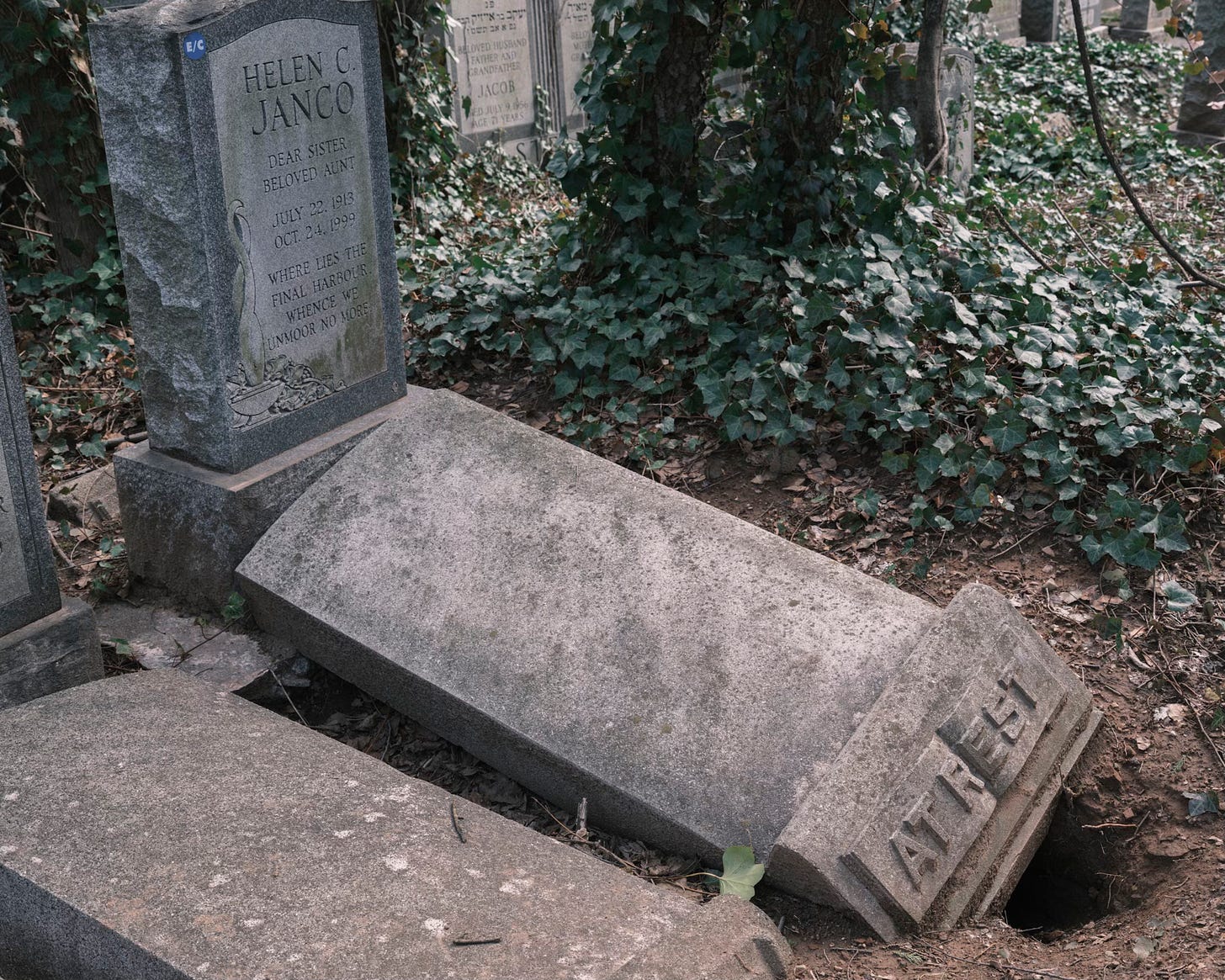
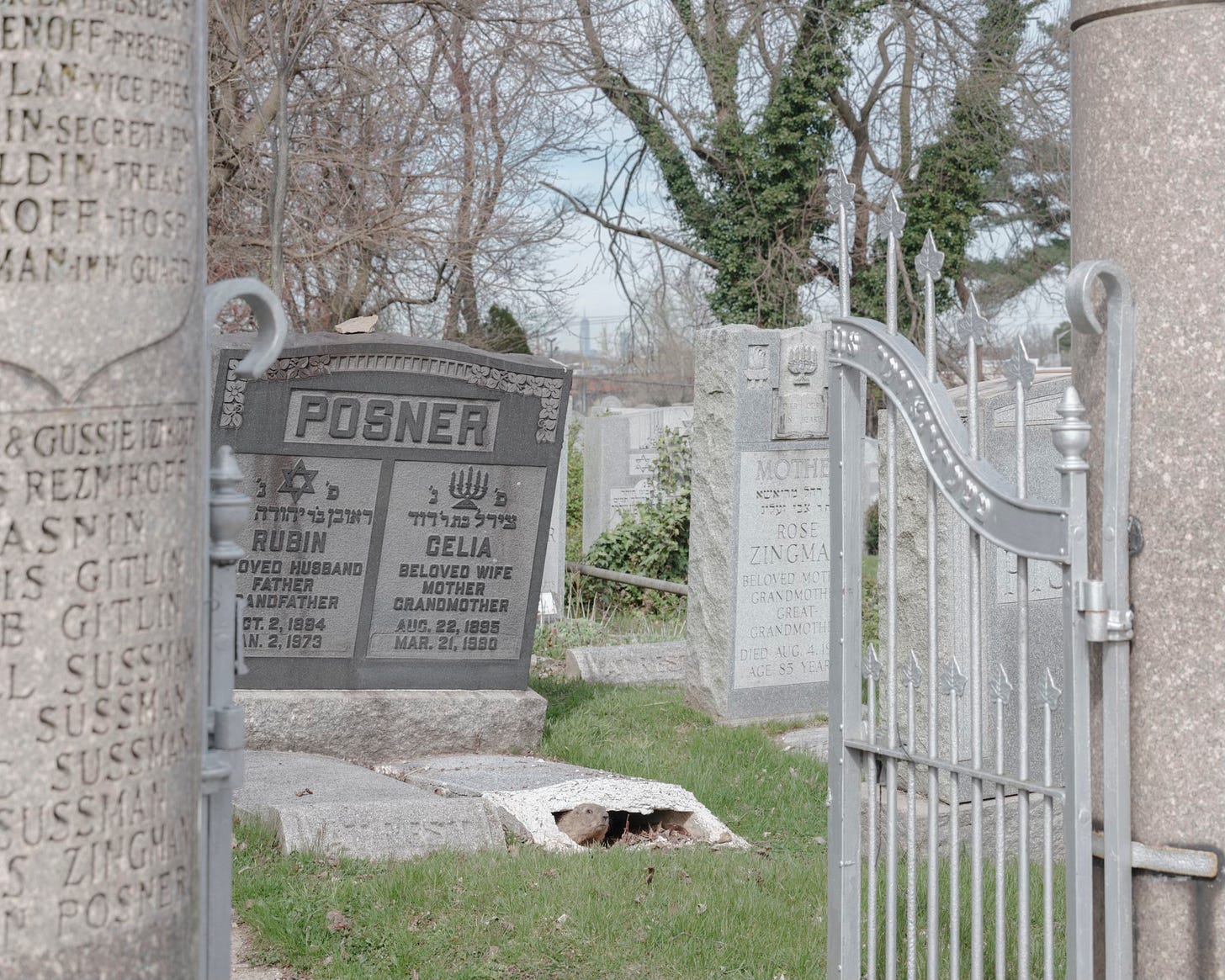
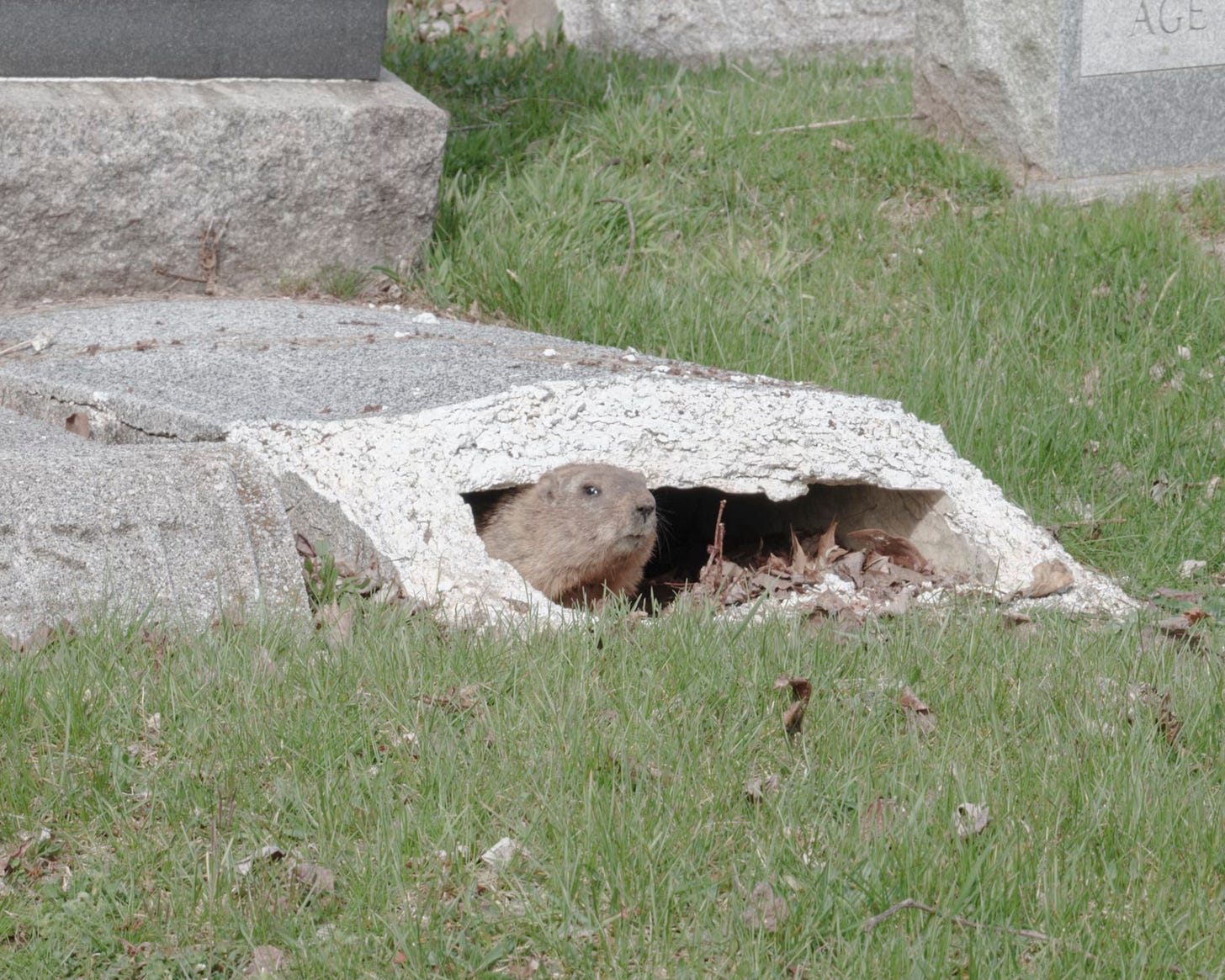
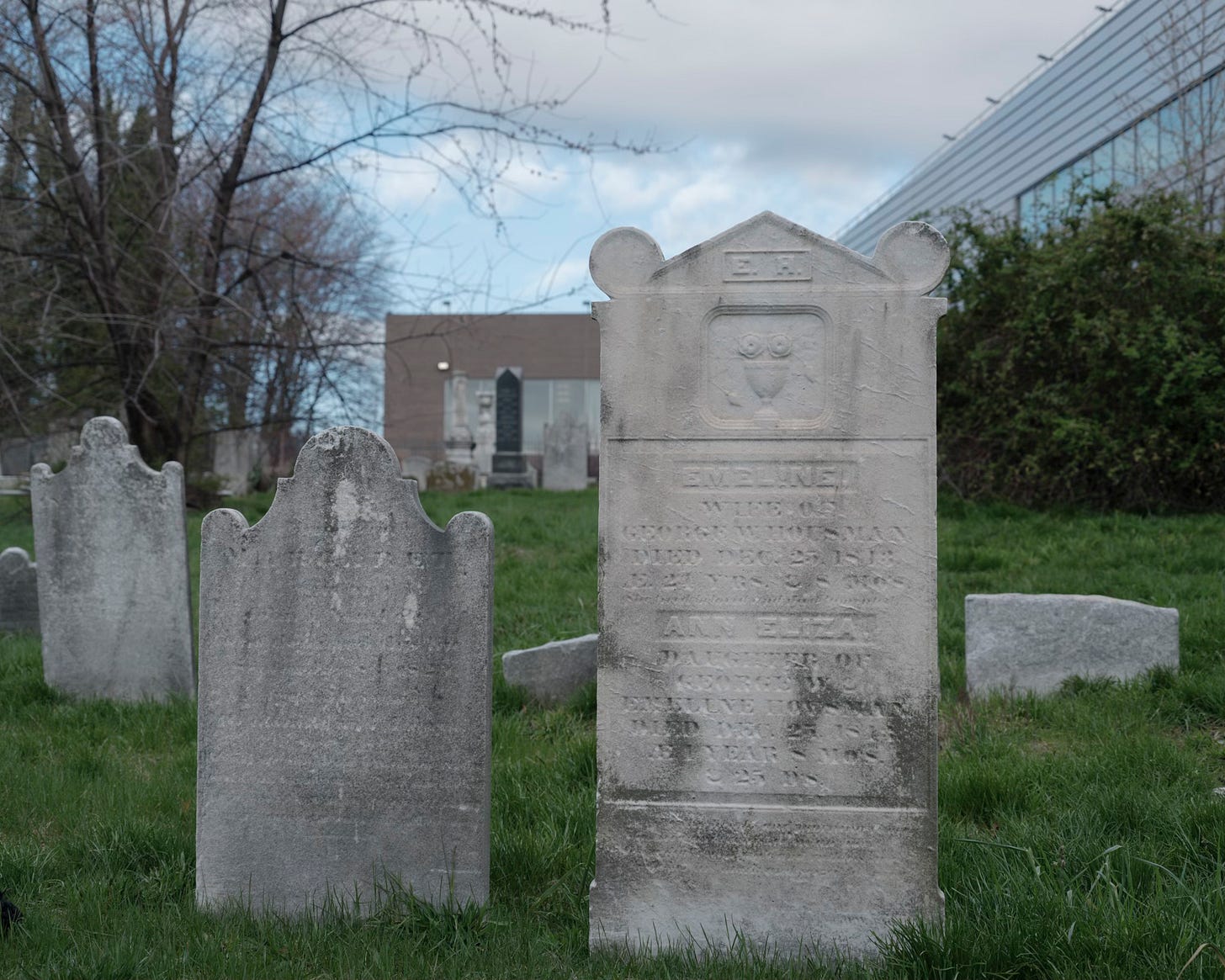
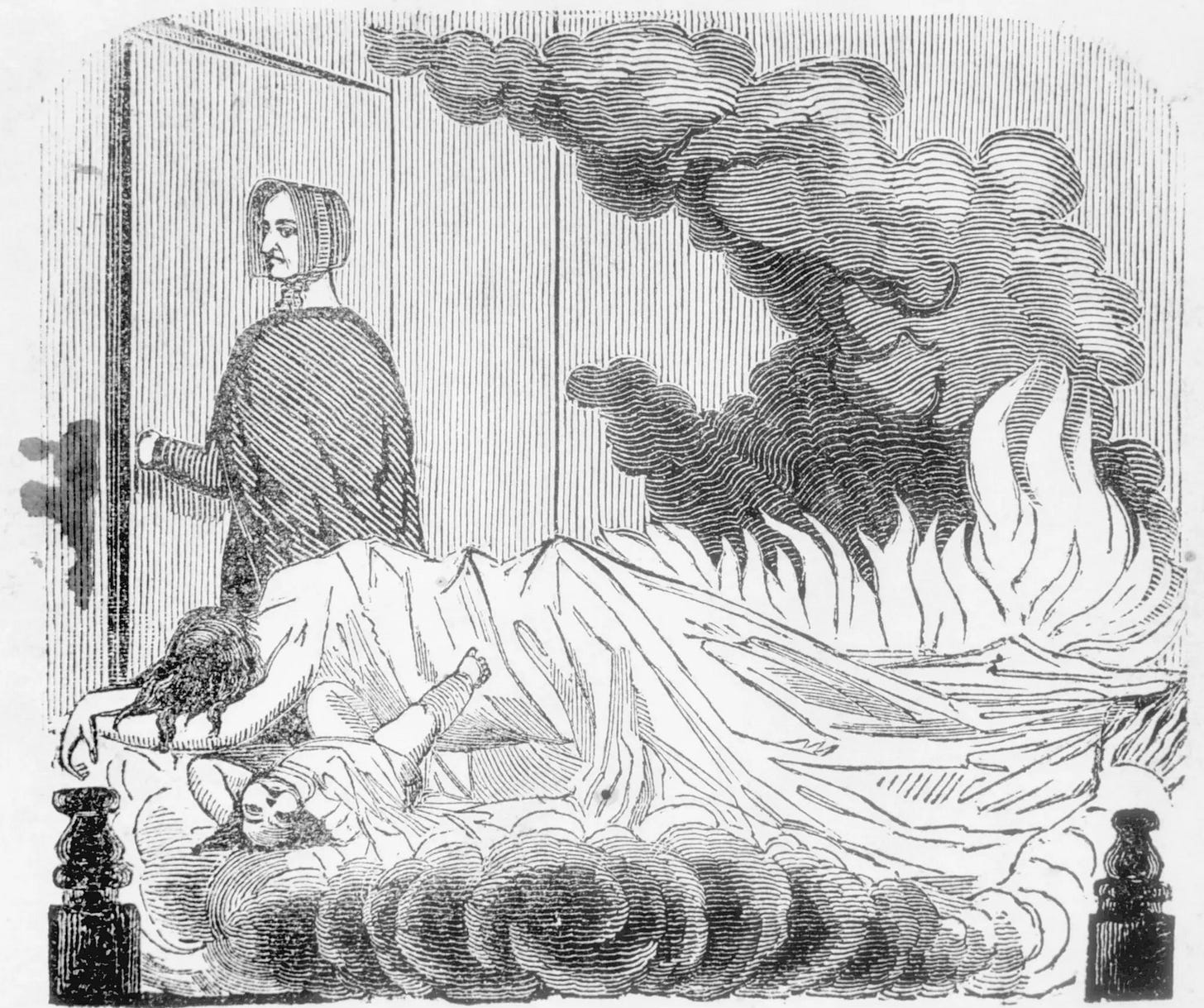


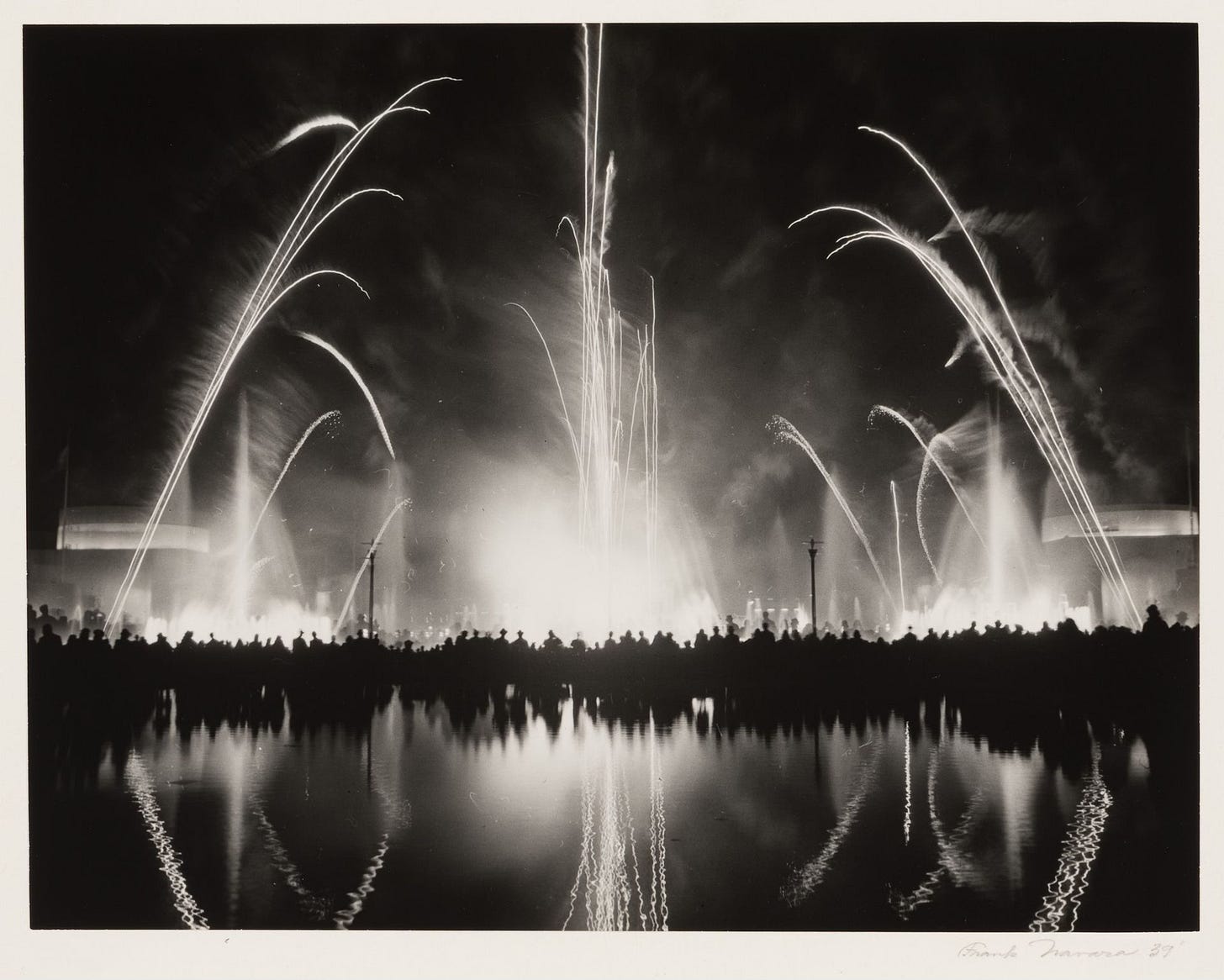





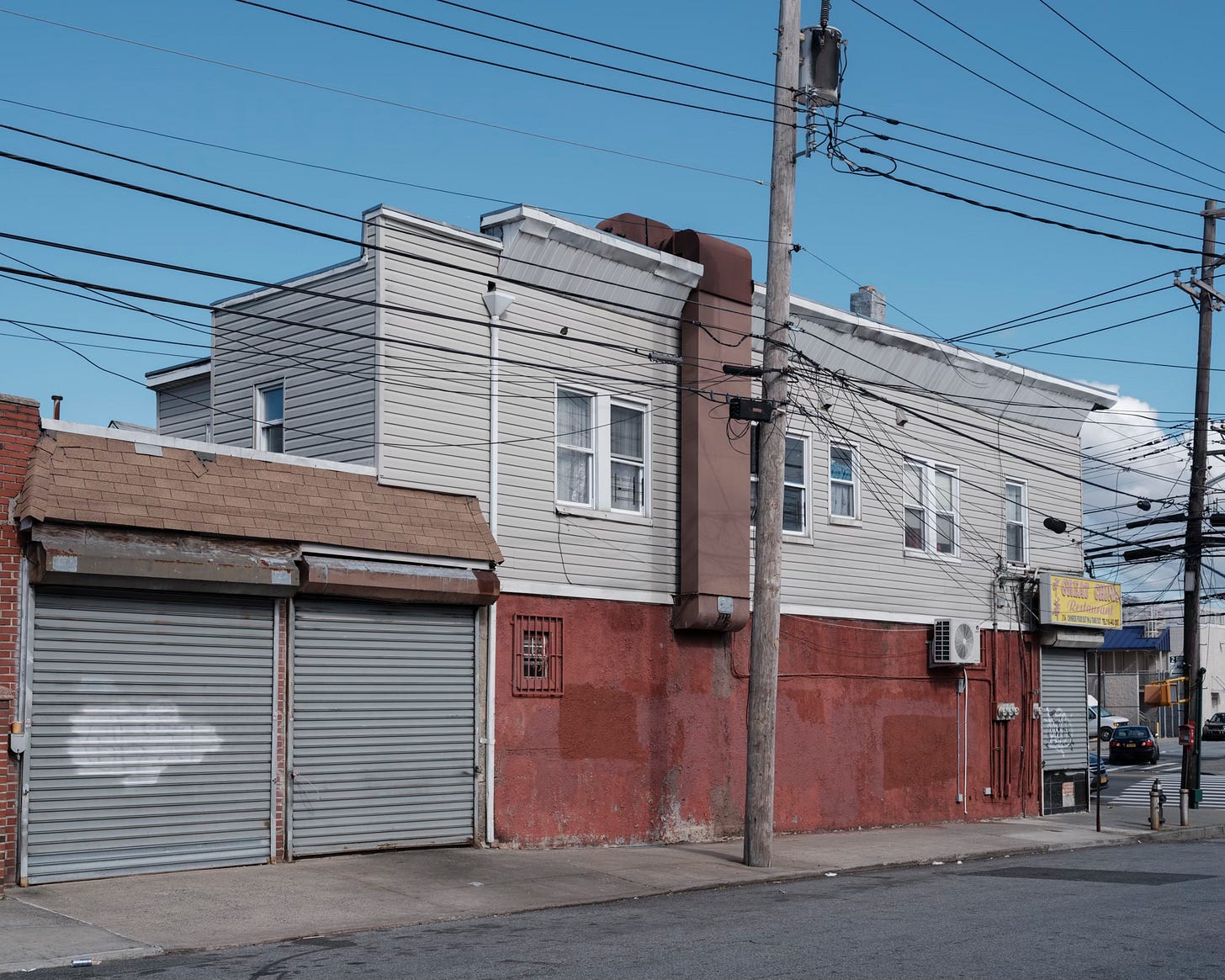
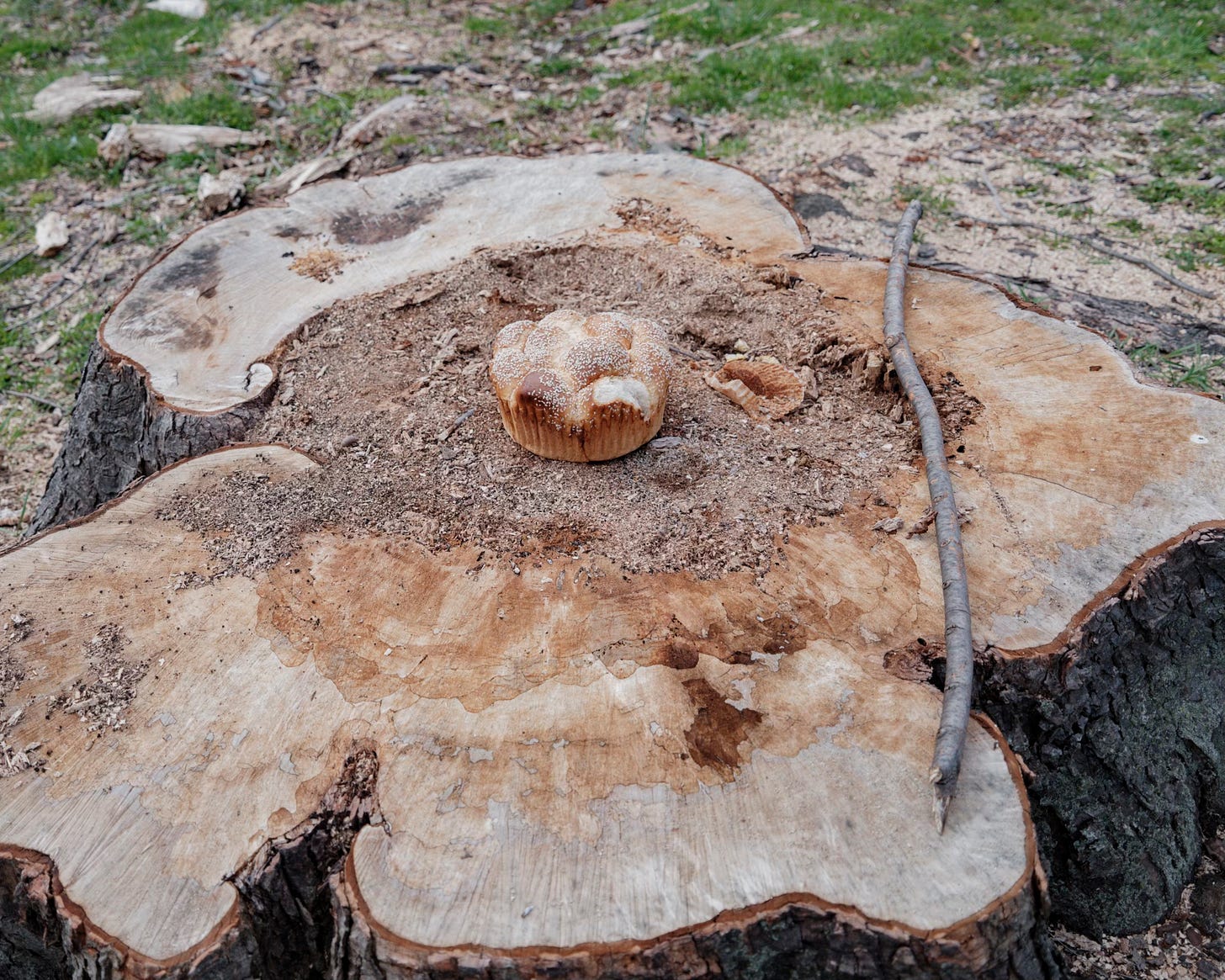



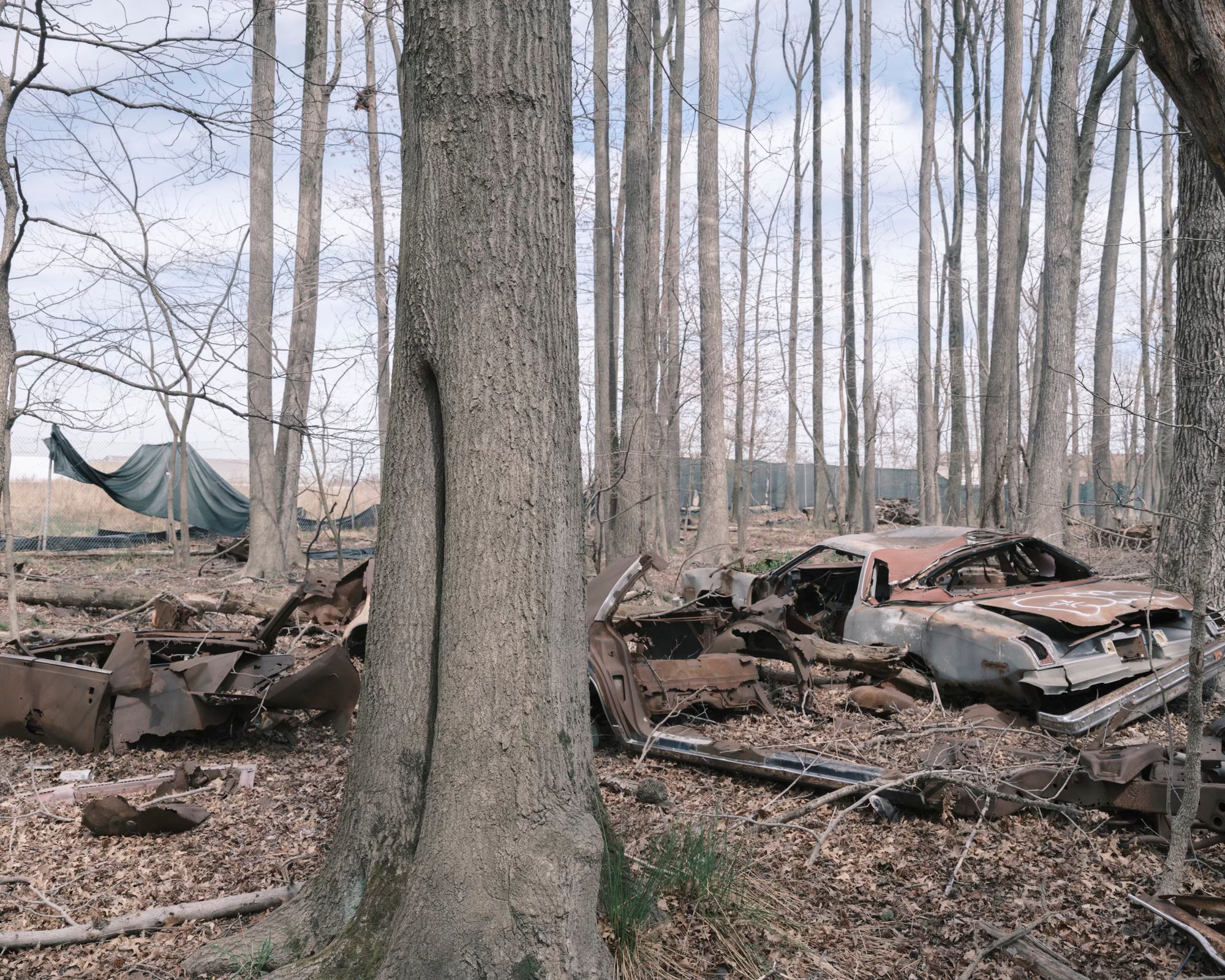

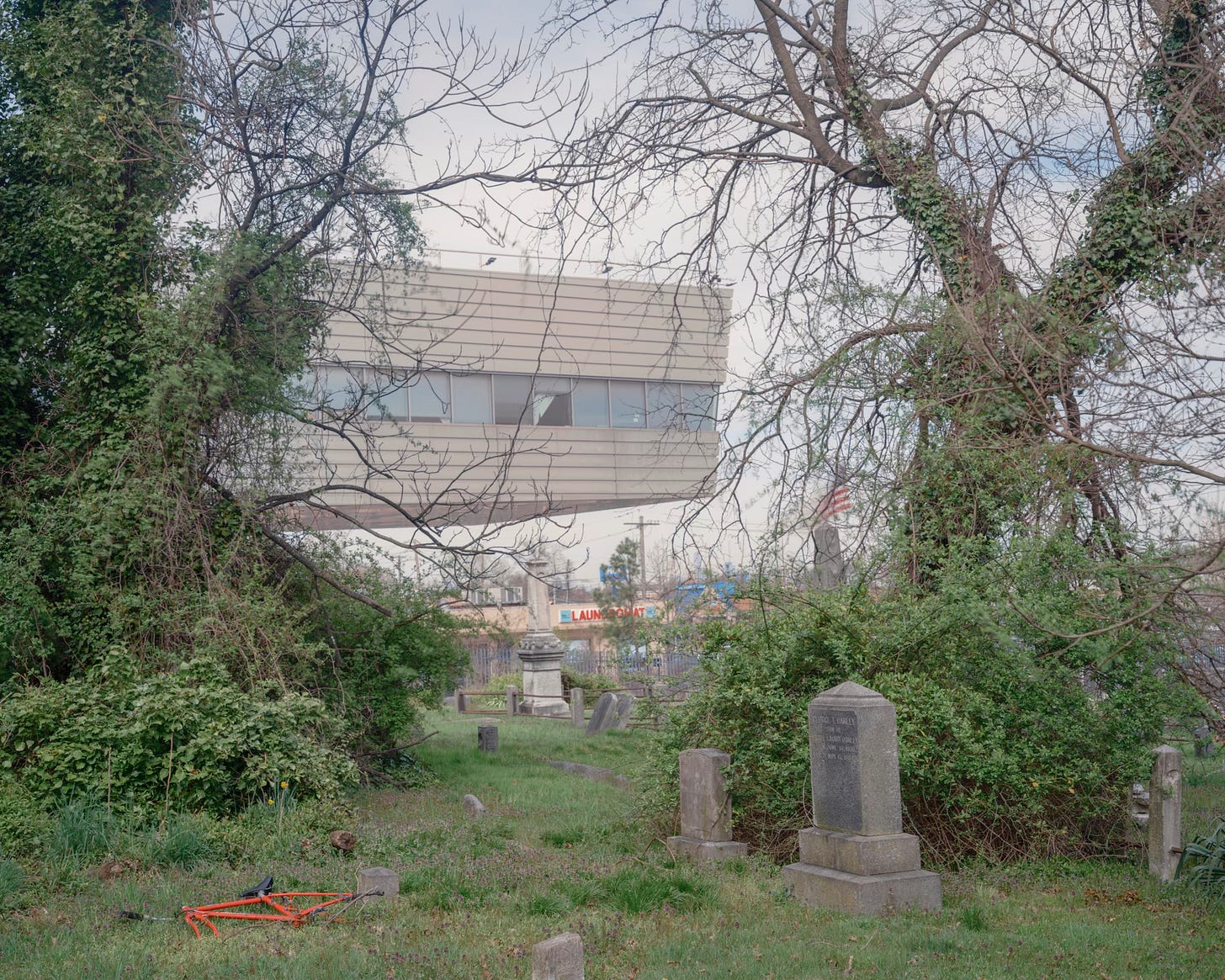


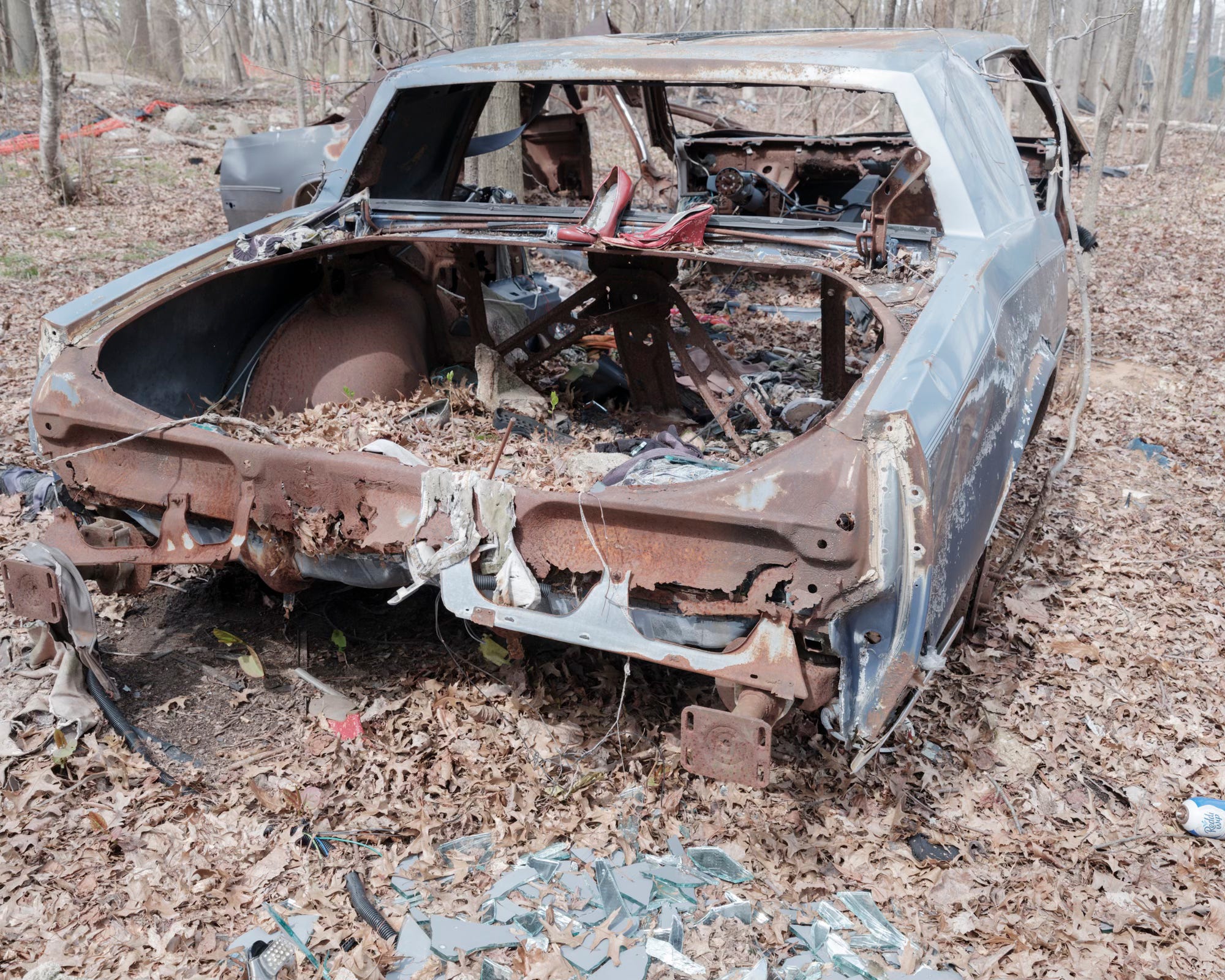
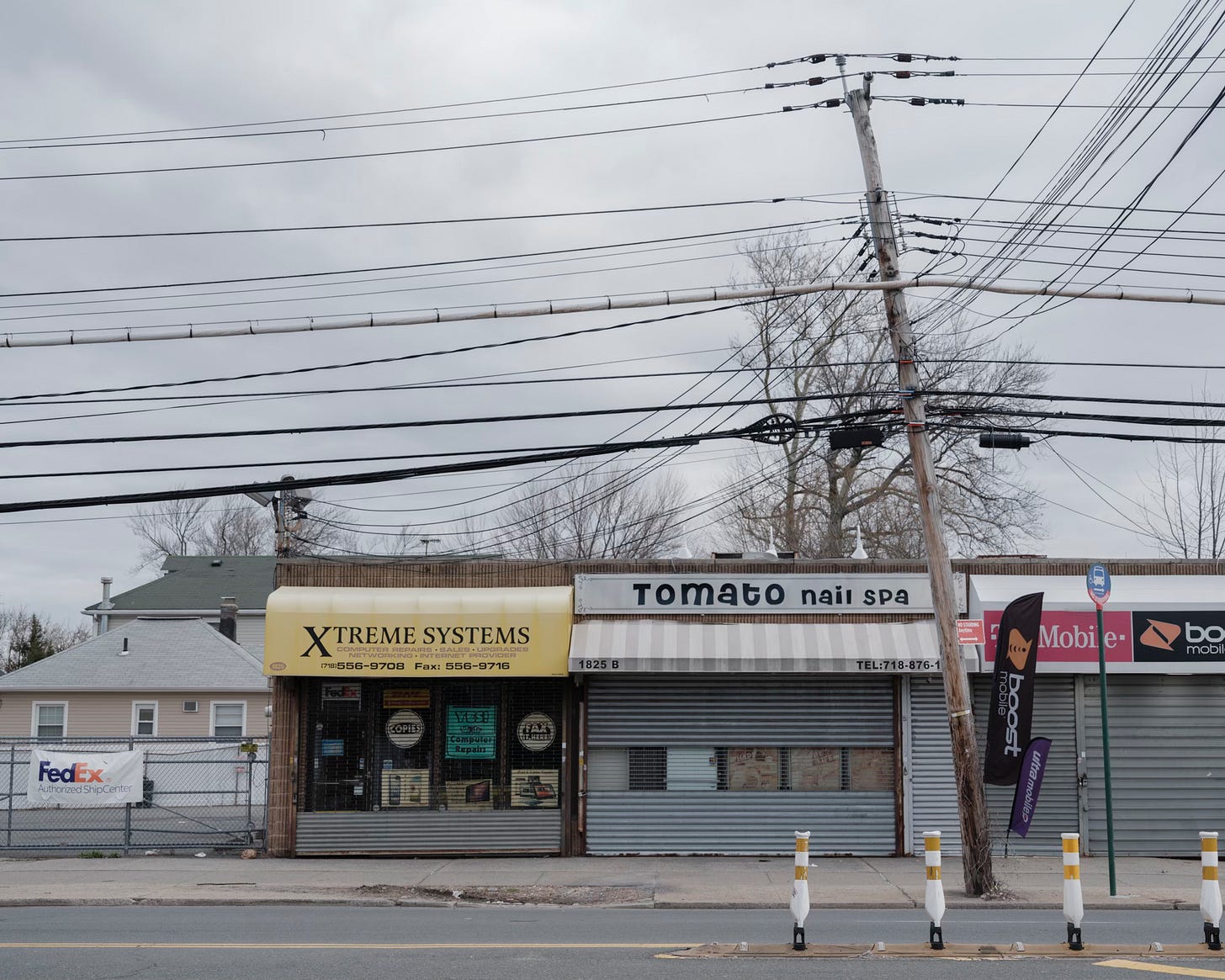





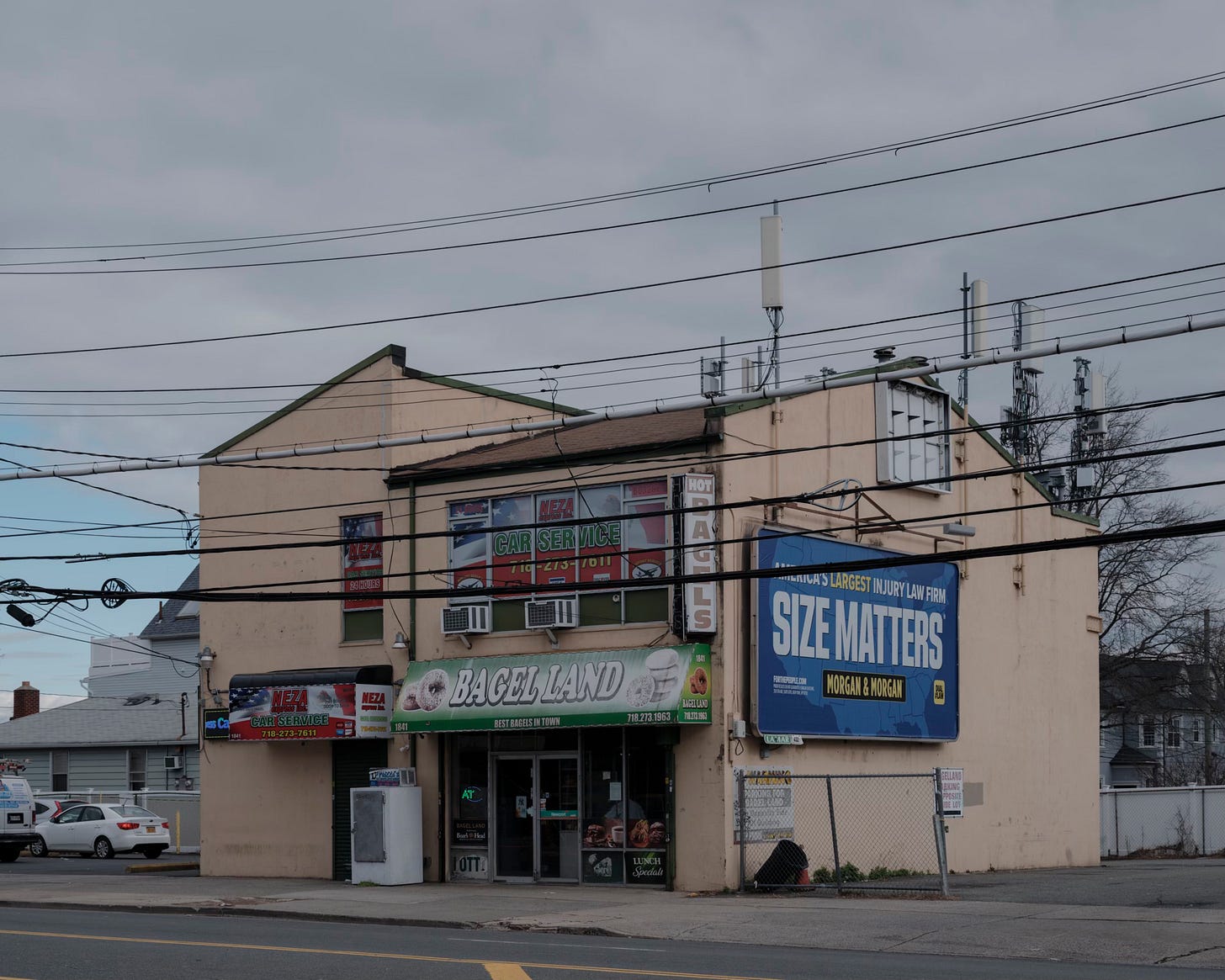
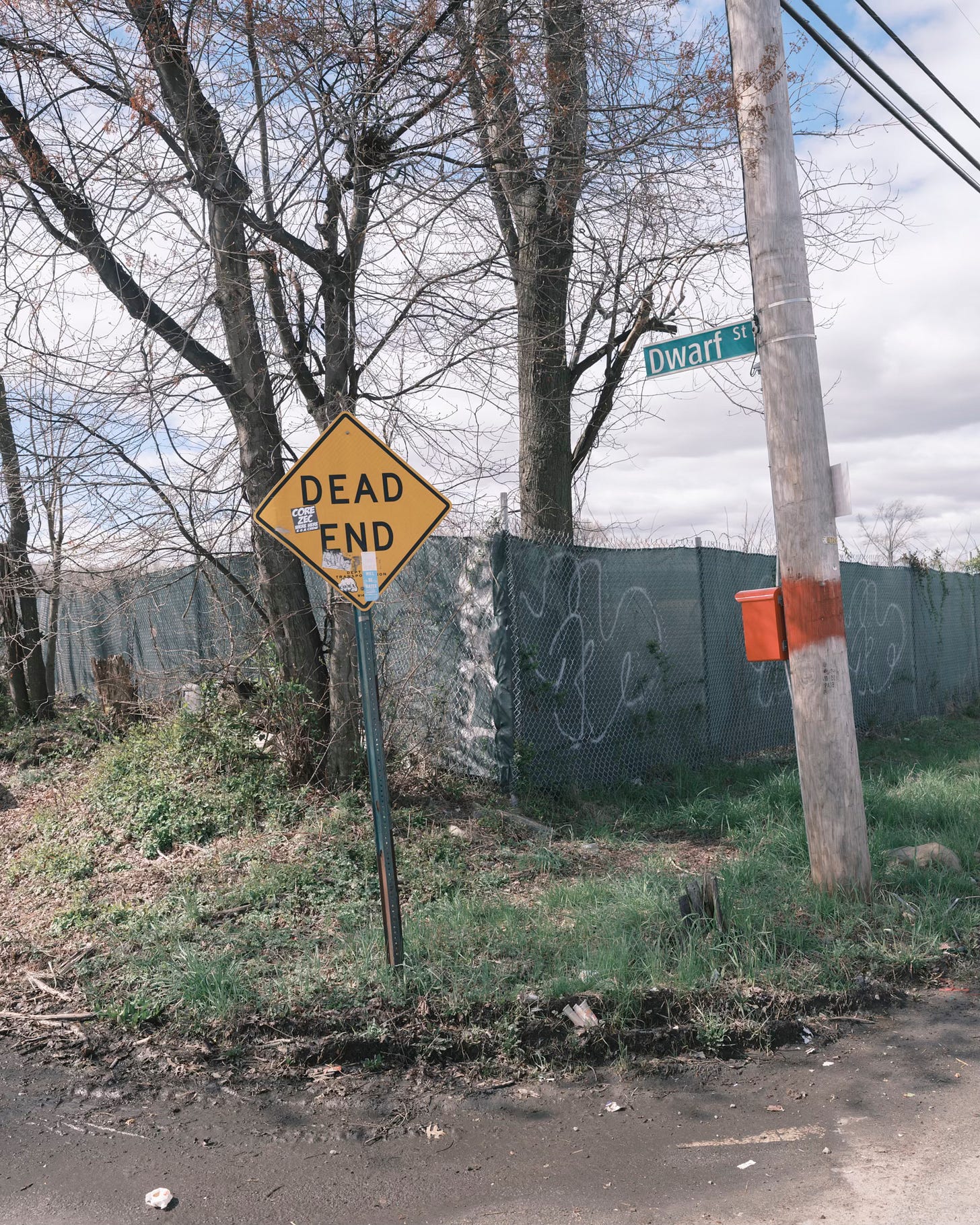


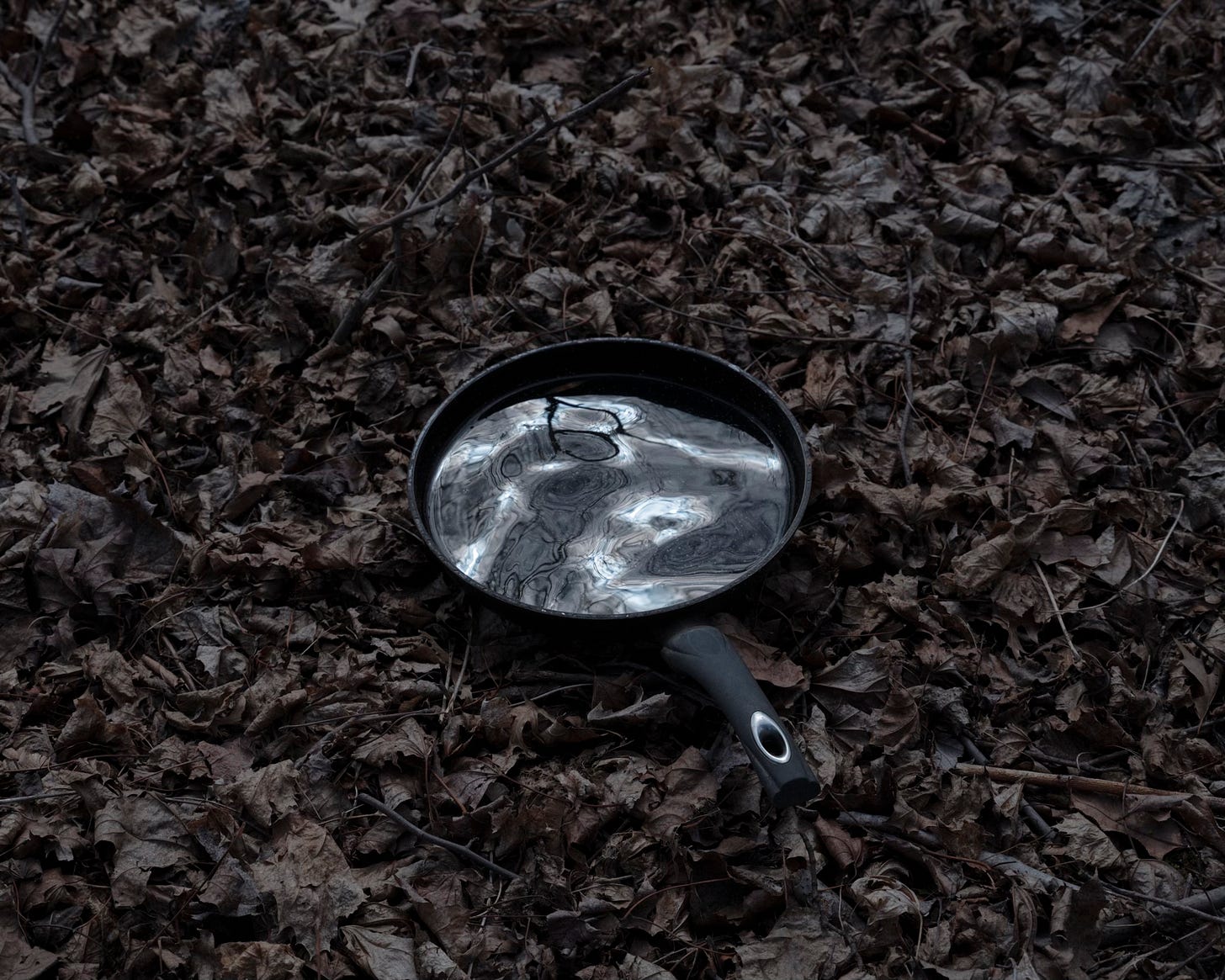

After giving us a potential album cover a few weeks ago you’ve now given us a band name and a possible album title with Mexican Jets and (from on of this week’s photographs) Size Matters. Now I just have to form the band and make this happen.
I love the idea of being killed by a falling tombstone. Is there a better way to go?